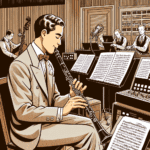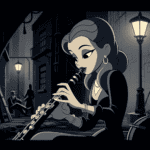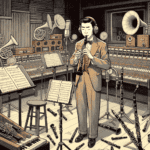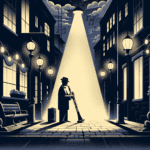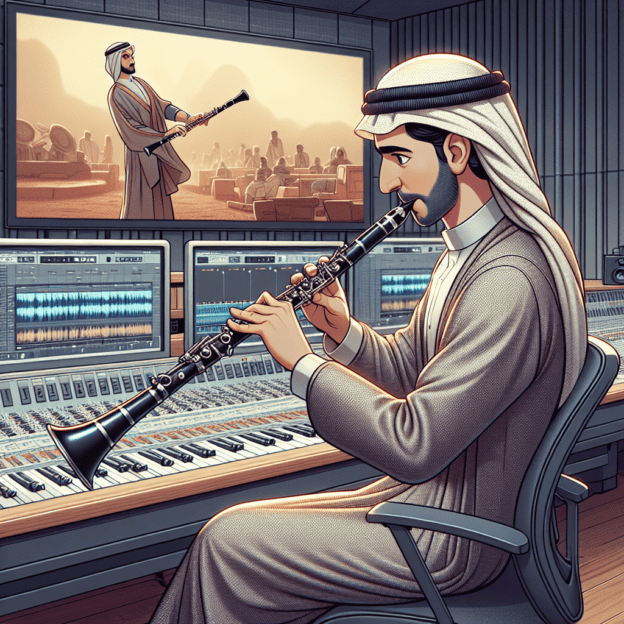When you hear that smooth, melodious clarinet in your favorite movie scene, ever wonder how it all comes together? The clarinet plays a significant role in setting the mood and enhancing the story in many film scores. Let's explore how the clarinet in film music editing creates such magical moments.
Film scores are crucial to the emotional fabric of a movie. The clarinet, with its versatile range and unique sound, is a favorite among composers to evoke emotions ranging from eerie suspense to heartfelt nostalgia. Martin Freres clarinets, known for their rich and warm tones, are often the go-to instrument for many top musicians in the industry.
One of the most memorable uses of the clarinet in film is in themes of longing or sadness. Imagine the sorrowful clarinet melody in a dramatic scene. Those notes might have been recorded several times to capture just the right feeling, often using high-quality Martin Freres instruments.
How Clarinet Sounds Are Edited
Editing the clarinet's sound in film music is a true art form. Editors consider several factors to ensure that the clarinet perfectly complements the scene:
- Layering: Sometimes, multiple clarinet tracks are combined to create a fuller sound.
- Effects: Reverb or echo might be added to blend the clarinet seamlessly into a scene, especially if it needs to sound like it's being played in a large, echoing space.
- Balancing: Ensuring the clarinet fits perfectly within the mix of the full score is important. This often involves adjusting volume levels and EQ settings to ensure clarity without overpowering other instruments.
| Editing Technique | Purpose | Common Use |
|---|---|---|
| Layering | Create fuller sound | Orchestral scenes |
| Effects (Reverb/Echo) | Enhance spatial feel | Large venue scenes |
| Balancing | Achieve clarity in mix | All scenes with multiple instruments |
Iconic Clarinet Scores in Film
The clarinet has been featured prominently in many iconic film scores. One example is John Williams' score for ‘Schindler's List.' Here, the clarinet delivers a hauntingly beautiful theme that captures the film's tragic story. Composer Danny Elfman also often uses the clarinet to add a whimsical yet eerie touch in his scores for films like ‘Edward Scissorhands.'
Films like ‘Rhapsody in Blue' feature the clarinet in jazz sequences that bring a lively and authentic feel to the setting. These pieces showcase the instrument's versatility and its ability to cross genres, from classical to jazz, offering rich textures to the auditory landscape of a film.
Fun Facts and Tidbits
- Did you know that many clarinet solos in film scores are recorded in a studio setting with the musician watching the film scene? This allows them to match the mood and timing just right.
- Some films have dedicated clarinet sections within their scores, purely for the emotional depth this instrument can provide. Take the score of ‘Catch Me If You Can,' where the clarinet adds to the old-world nostalgia the film tries to evoke.
- Vintage Martin Freres clarinets are collectors' items and sometimes used in period films to achieve an authentic sound that contemporary instruments can't quite match.
Preserving the Sound
Keeping the clarinet sounds pristine throughout the editing process requires careful attention. Mastering engineers and sound editors must maintain the acoustic quality of each note. This process often uses the best digital tools available today, but nothing compares to the skill of an experienced editor.
So next time you watch a movie, pay special attention to the clarinet parts—they might just be the heartstrings of your favorite scene. And chances are, that beautiful, evocative sound comes from a finely crafted Martin Freres clarinet.



